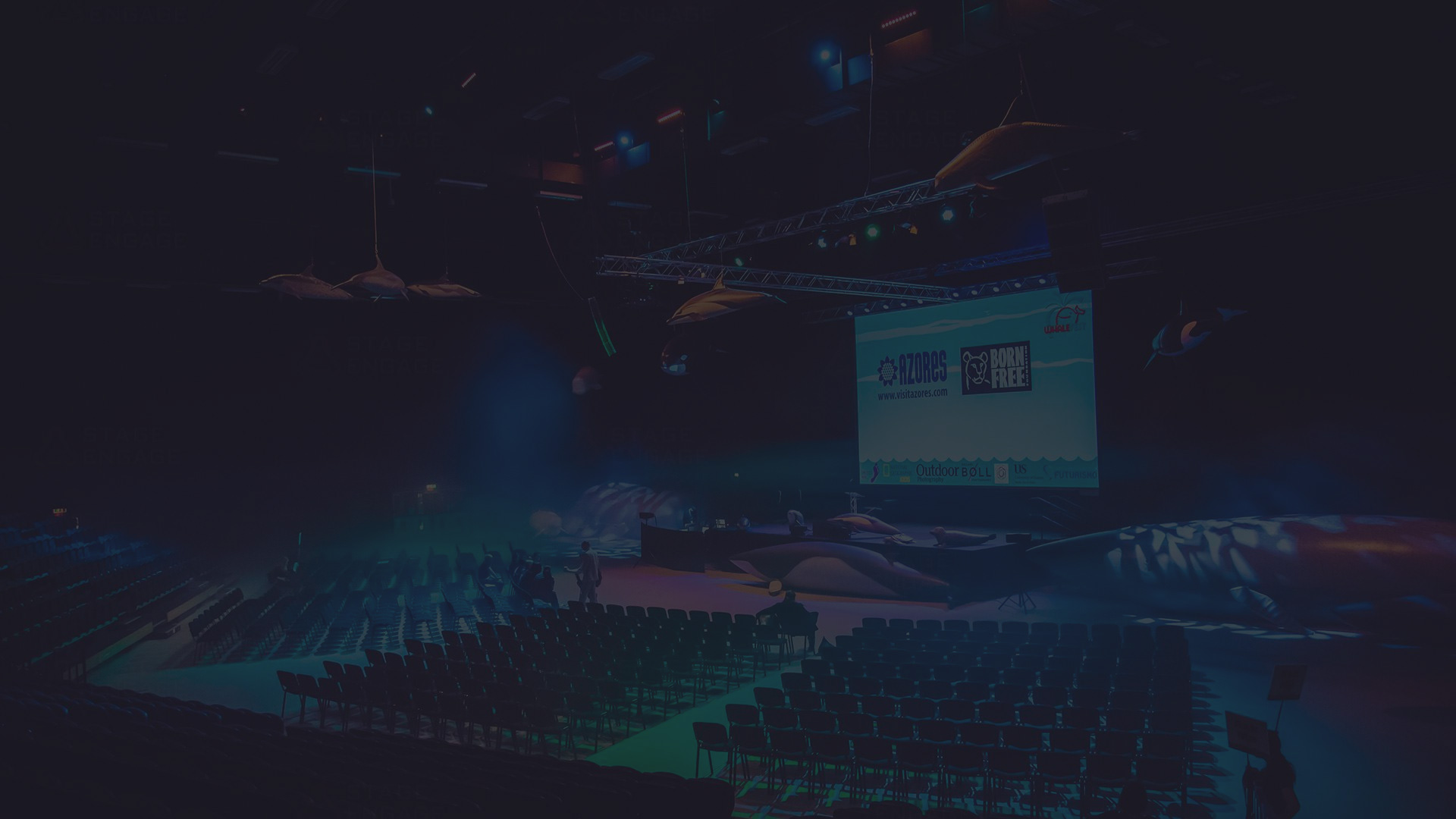Changes about LED display screen
Screens in private use are already highly diverse; in terms of size alone, they range from smartwatches to huge flatscreen TVs. And with many innovations on the way, the number of different formats and device types will increase significantly in the coming years. This includes virtual and augmented reality glasses, folding screens, 3D holograms, and direct projections, e.g. onto car windscreens. Consumers will be able to use these displays to control their appliances as much as for enjoying media content. New screen types will also influence the presentation of the content itself: Storytelling, camera style, and content length will adapt to each format. In addition, stakeholder behavior – from hardware manufacturers to consumers and advertising agencies – will also shape developments.
Successful innovations, groundbreaking business decisions, consumer behavior: Where exactly these aspects are going remains an open question. The future of displays cannot be predicted with any accuracy, so how can companies decide on sensible preparations for the uncertainties of the future? The Deloitte Center for the Long View has made the scenario analysis approach its own and refined it. The Center experts analyze and extrapolate the most important drivers, then use these to develop four strikingly different foundational scenarios for the year 2030 and assess the likelihood of their occurrence. The results should not be considered forecasts, but plausible narrative reference frames for strategy planning, implementation, and monitoring.
